So it’s been a few days since my last update; I won’t be able to do them on an every-other-day basis for the rest of the year unfortunately, as university life, coupled with my report writeup, is going to be absorbing all of my time. I will try to at least do a blog post every week though (ha! that’s worked so well in the past)
The reptiles were of course not the only things we came across while we were working in the forest.
So there were of course other things in the forest besides the herps. Those are what this blog is all about. I didn’t get many shots of them (difficult to spend time doing photography and research. lame, I know), but I’ll share with you now those that I did manage to get.
Birds:
So, as you know by now if you’ve read the previous blogs, before we were able to go into the field, we were delayed in the acquisition of our permits. And we coped with that delay by going to a crocodile farm, and a rainforest. The crocodile farm was the only place I managed to get a single decent bird picture on the whole trip. Sad.
Lemurs
I was however quite fortunate, in that I managed to get quite a few fairly decent lemur shots.
These first three were shot in Ranomafana National Park. This park has some awesome stuff, and we were fortunate enough to come across several lemurs during our two hour time there.
So these are fun. But they’re rainforest stuff, which is totally not what we were working with. The following shots are of Sifakas (pronounced Shee-fak) – the kind of things you would see in a documentary by David Attenborough on the spiny forest.
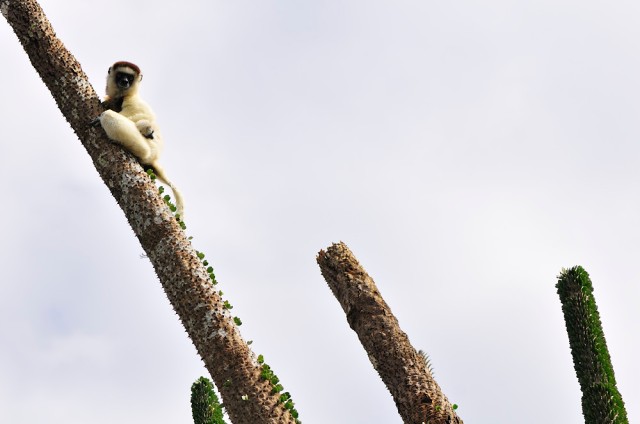
Her position as matriarch leaves her responsible for distraction while the rest of the group make a swift getaway
So that’s fun. The good jumping shot continues to elude me. I shall just have to work on that next time, eh?
Bugs:
Lots of bugs. Few shots of them, sorry.

I got so close to this dragonfly that its wing touched my lens. If you approach them right, they rarely fly off.
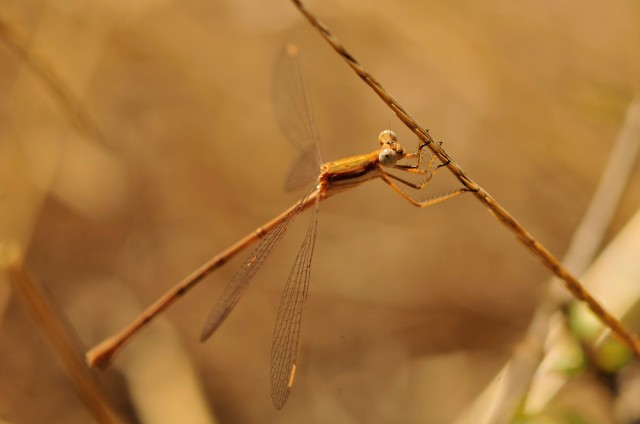
Damselflies are much more difficult to shoot in the same way - they are more flighty, and much harder to focus on

The fact that they are so much lighter than dragonflies means that the slightest breeze takes them out of your depth of field
And that’s all for this post, and unfortunately, all for the animals! I hope it was good enough – I really wasn’t concentrating on my photography at all this trip, and that is reflected in the poor output.
The next post, which will follow sometime (crazy week ahead of me, so probably not till after the 15th of October), will be on the little details, and possibly also bread.
Until then, keep clicking.


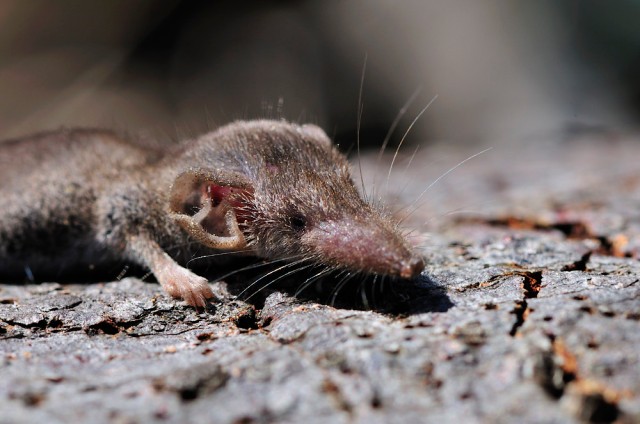
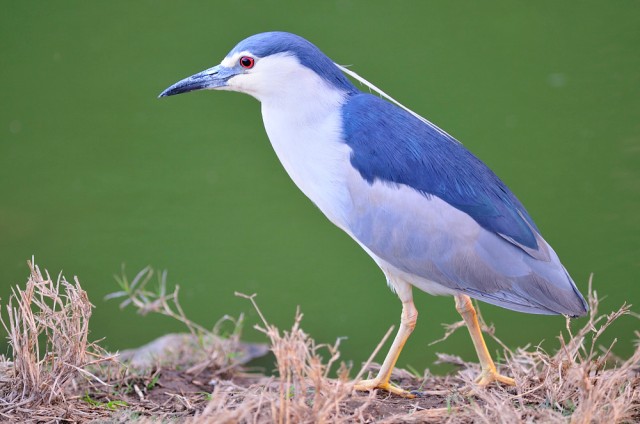
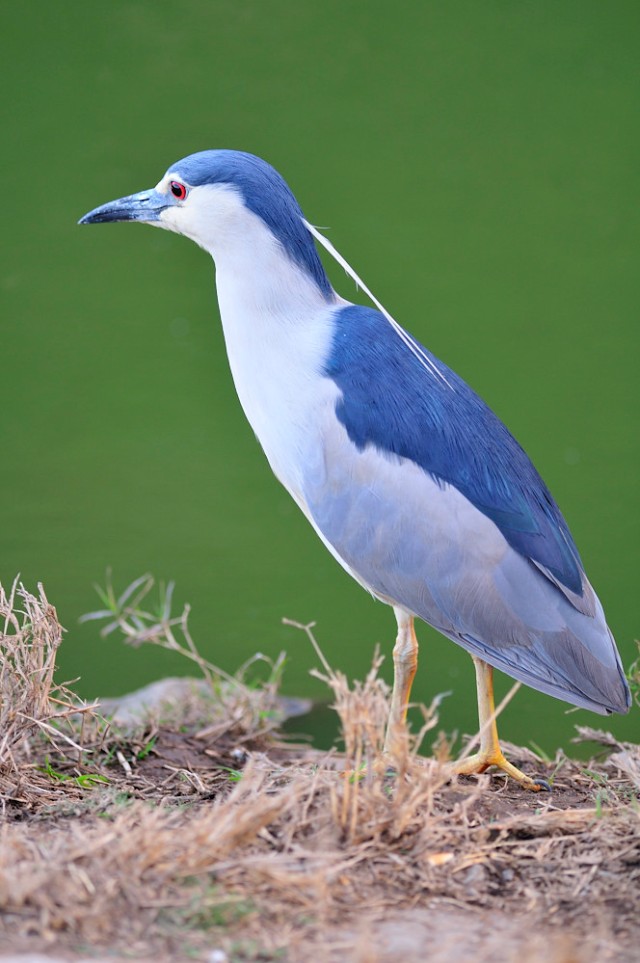

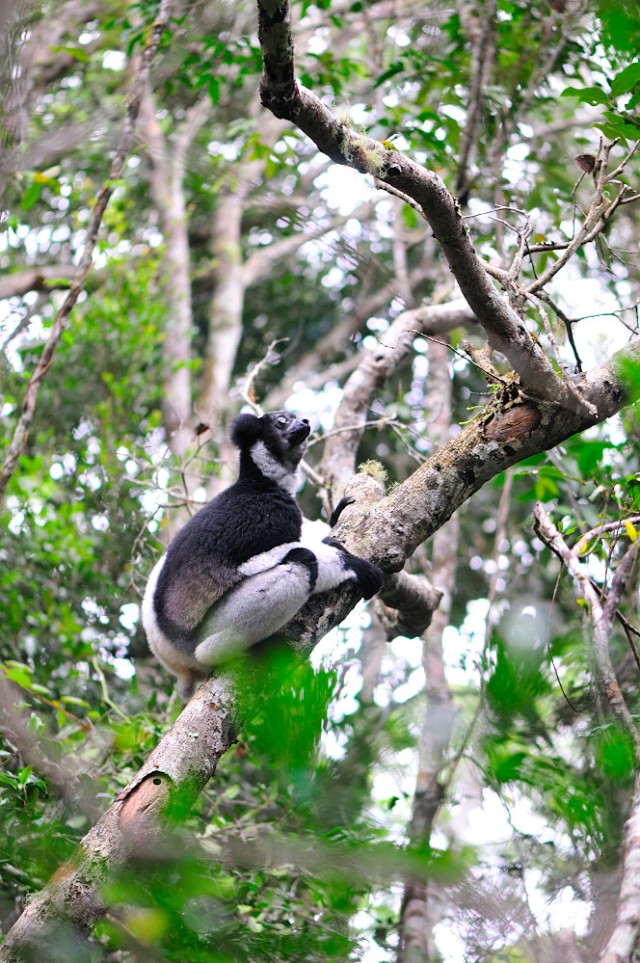




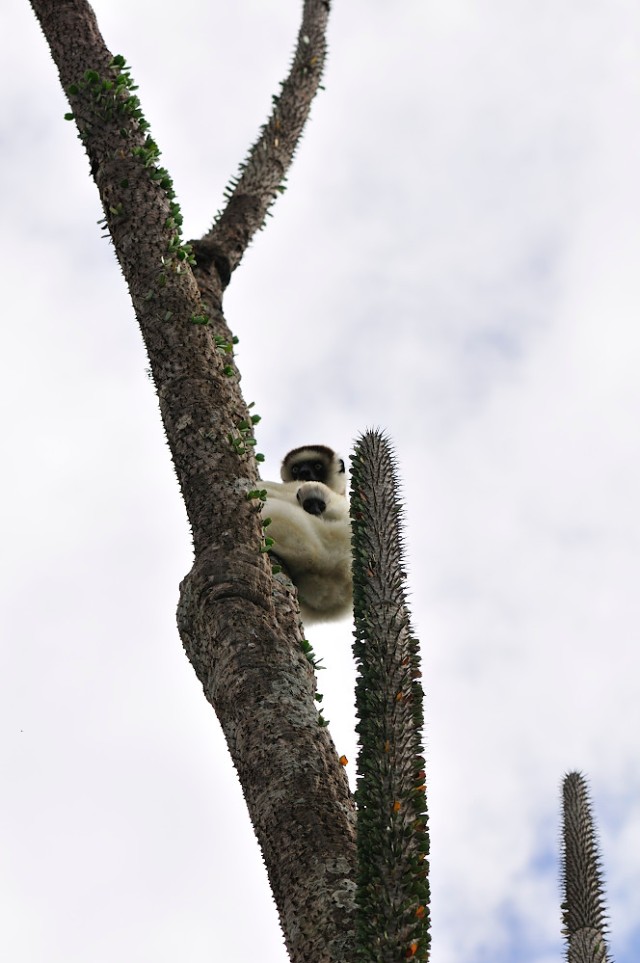

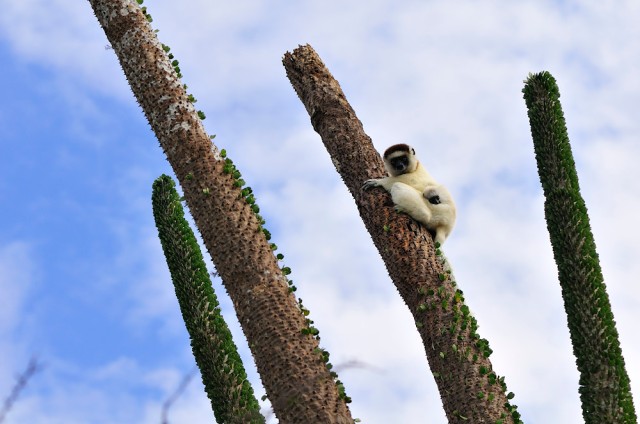
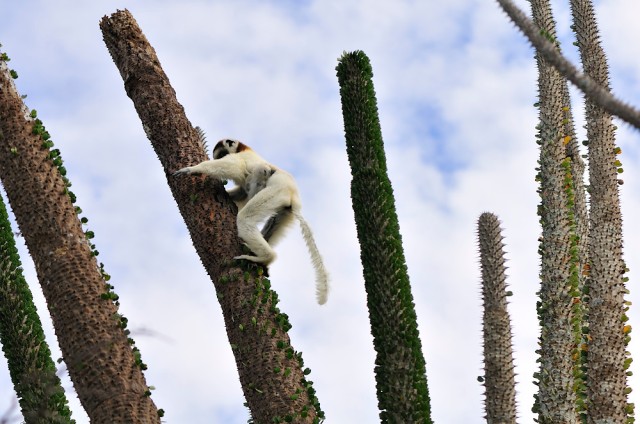


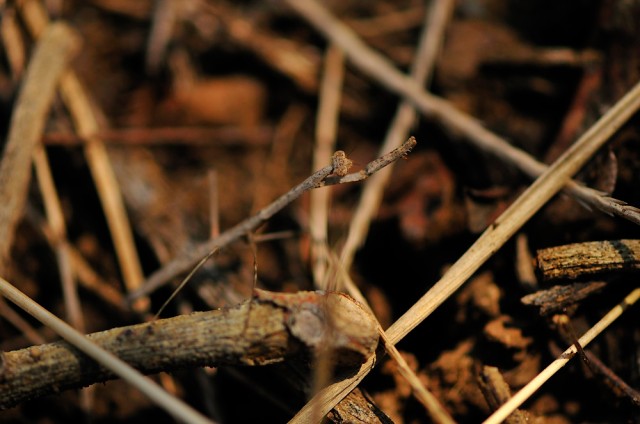
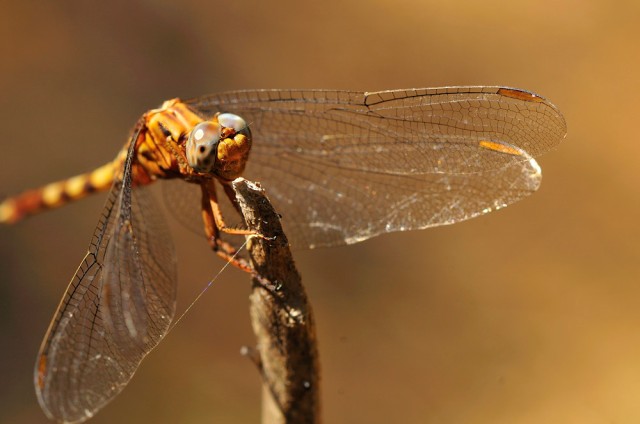

great 🙂
Amazing photography!
Thanks 🙂
I ‘ve a question about the climate in Madagascar: How often is it raining??? How many days per month??
It depends a lot on where you are; on the east coast, it can rain every day of the year. It usually doesn’t; the dry season is from May to October, and then it tends to rain less. On the west coast, it can go for most of the year without raining. In the area where we were, which is kind of a transition zone thing, it depends on the year. We had about a week and a half where it poured with rain every night, which was a huge logistical nightmare for the research and accomodation situation. But it could equally have not rained at all for the full two months we were there.
thanks Mark for these informations. 🙂